The 5 principles
of sustainable brand leadership

Successful brands convey even complex sustainability topics in an exciting way. In doing so, they apply five essential principles.
By Inken Barz, Senior Art Director Strichpunkt, and Tobias Nusser, Creative Director Strichpunkt
For organizations, convincing sustainability communication starts with a willingness to really engage with sustainability in a substantive way. This attitude must find its way into the brand’s vision, mission and values, because credible communication is always based on a convincing set of values.
Here the real work begins: How does a brand communicate the topic of sustainability in a way that touches and motivates its stakeholders? How can it generate attention? And how does it remain credible in all this?
Our response: Just because sustainability is a serious topic, it does not mean that it always has to be communicated as seriously, as is unfortunately often the case. The topic must enthuse and attract the desire for more. And above all: Don’t wait for perfection, just start. Better sooner than later.
We show how creative and at the same time credible this can be with the case of five brands and the principles according to which we evaluate the sustainability communication of brands.
Stay focussed:
From product to topic
If you want to set topics, you have to make them your own. And make it clear in this way: We are more than simple hard selling. The female company does exactly that in a very convincing manner. The start-up manufactures period products, but anyone who follows them might think they are a NGO. Because the female company communicates consistently and comprehensively on topics such as period poverty in India or the question of what color menstrual blood can actually have. They do it all with a lot of humor and without moralizing. In this way, the brand conquers the leadership in topics around femininity, menstruation and equality and “incidentally” sells corresponding products quite successfully. Not in spite of it, but precisely because of it.
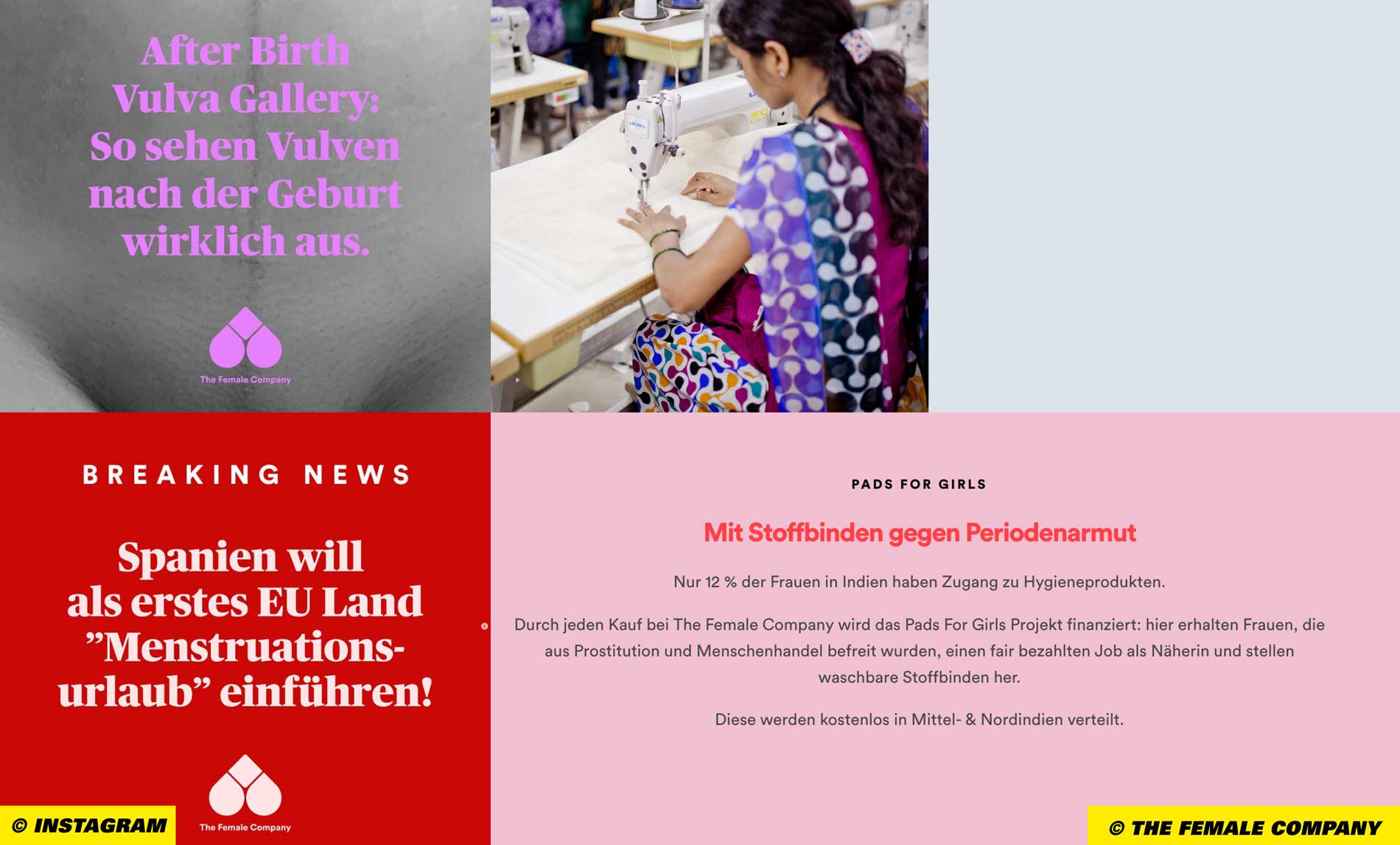
Honesty is the best policy:
From result to process
Many of our clients have achieved remarkable things in terms of sustainability already, but don't dare to tell anyone about it. Client quote: “We have not yet achieved everything we set out to do.”
No one has to. Sustainability is not a state, but a journey on which one should be honest about successes as well as difficulties along the way - as the Danish skin care brand Nøie does. It opens its impact report with the words, “ And while we made a lot of progress in 2021, you can also read about where we have failed and where we need to do better in the future.” Communicating honestly and transparently about the process of getting better and not being all about knowing all solutions to every problem already makes brands authentic and credible.
Nøie presents all this as clearly and as catchy as possible. For example, with a data graphic/infographic like this one, which illustrates a topic as complex as the brand’s carbon footprint.
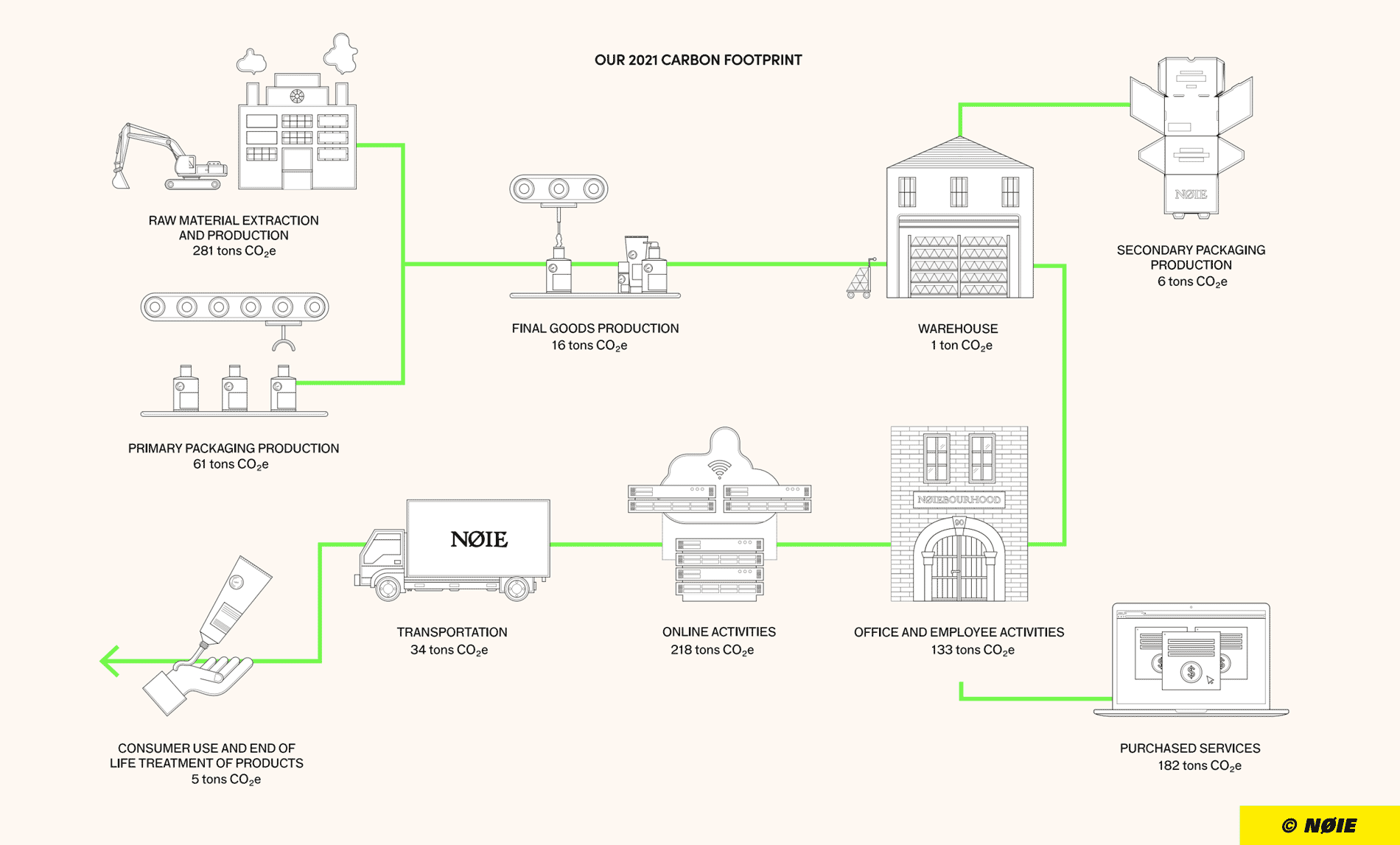
Why so serious?
From green to colorful
Who says that communication, when it deals with a serious subject, always has to be dead serious? To be remembered, messages must above all surprise. To trigger activity and participation, they have to inspire and show a way of doing things. In short, sustainable communication can also be positive and humorous.
Take Oatly, for example: The milk alternative demonstrates very clearly what can be achieved with a creative, humorous and, above all, bold brand identity. After the Swedish dairy industry banned Oatly from calling itself a milk alternative, Oatly published the lawsuit online and in ads. Oatly then used the slogan, which had been challenged in Sweden, in virtually all available advertising space in the UK. Thanks in part to such spectacular campaigns, sales grew from $20 million to around $200 million within a few years.
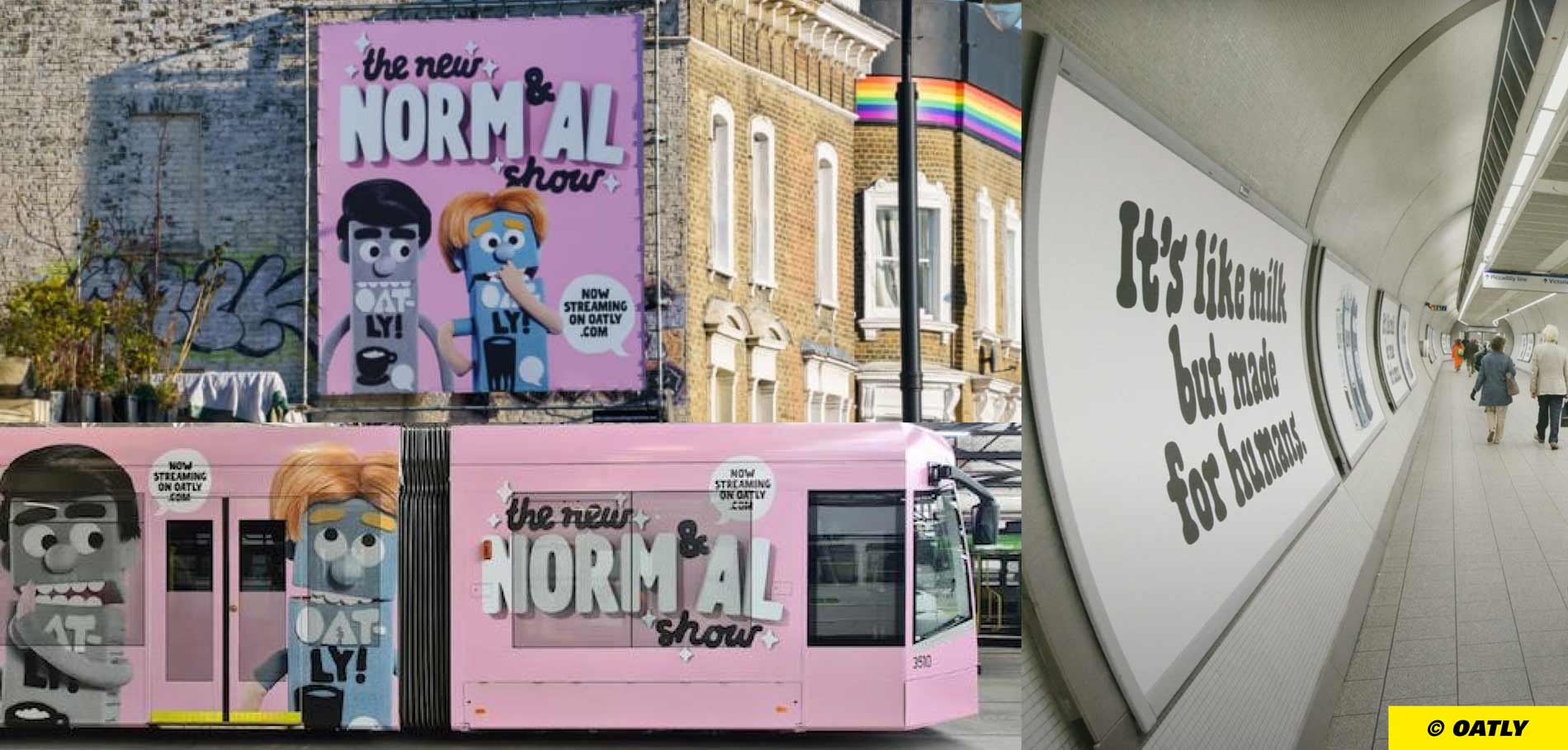
Take it personally:
From anonymity to authenticity
Caution, truism: Nothing interests people more than other people! Social media is based on this principle. This can be particularly valuable for communicating sustainability topics, which are often complex, mostly abstract and thus also slightly boring. Because authentic ambassadors with a clear stance give sustainability a voice and a face both within the company and externally.
One particularly prominent example is that of Antje von Dewitz, who took over the management of the outdoor outfitter VAUDE in 2009 and became the figurehead of sustainable corporate restructuring. Antje achieved this by representing values such as transparency and trust from the very beginning and by speaking honestly about achievements as well as problems. And not just on her own channels, but also in podcasts, interviews and high-profile keynote speeches.
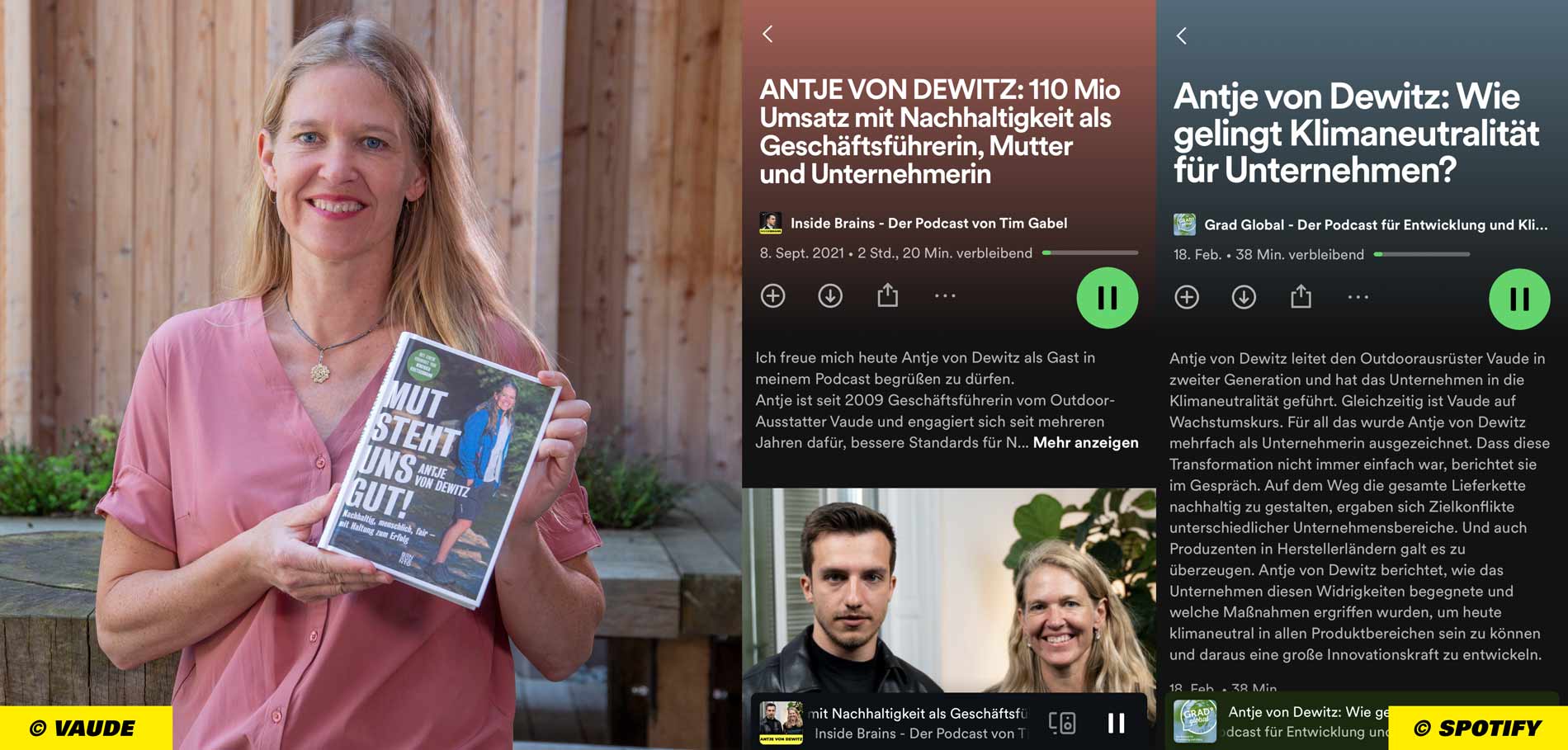
Value-based:
From campaign to continuity
Sustainability communication can only be as good as the corporate reality it represents. Conversely, it can be a powerful booster for the transformation that many companies are currently facing.
One example of success is the Danish energy supplier DONG (for Danish Oil and Natural Gas), which just a few years ago was earning its money with fossil fuels. In 2017, DONG decided to completely turn its back on oil and gas, focus on renewables, and accompany the change with a completely new brand. The company renamed itself Ørsted (after an 18th/19th century Danish physicist who helped develop electricity theory) and gave itself a friendly, open, personable corporate design. Thanks to its fundamentally value-based transformation, Ørsted is now not only the world's most sustainable energy provider, but also an extremely popular brand.
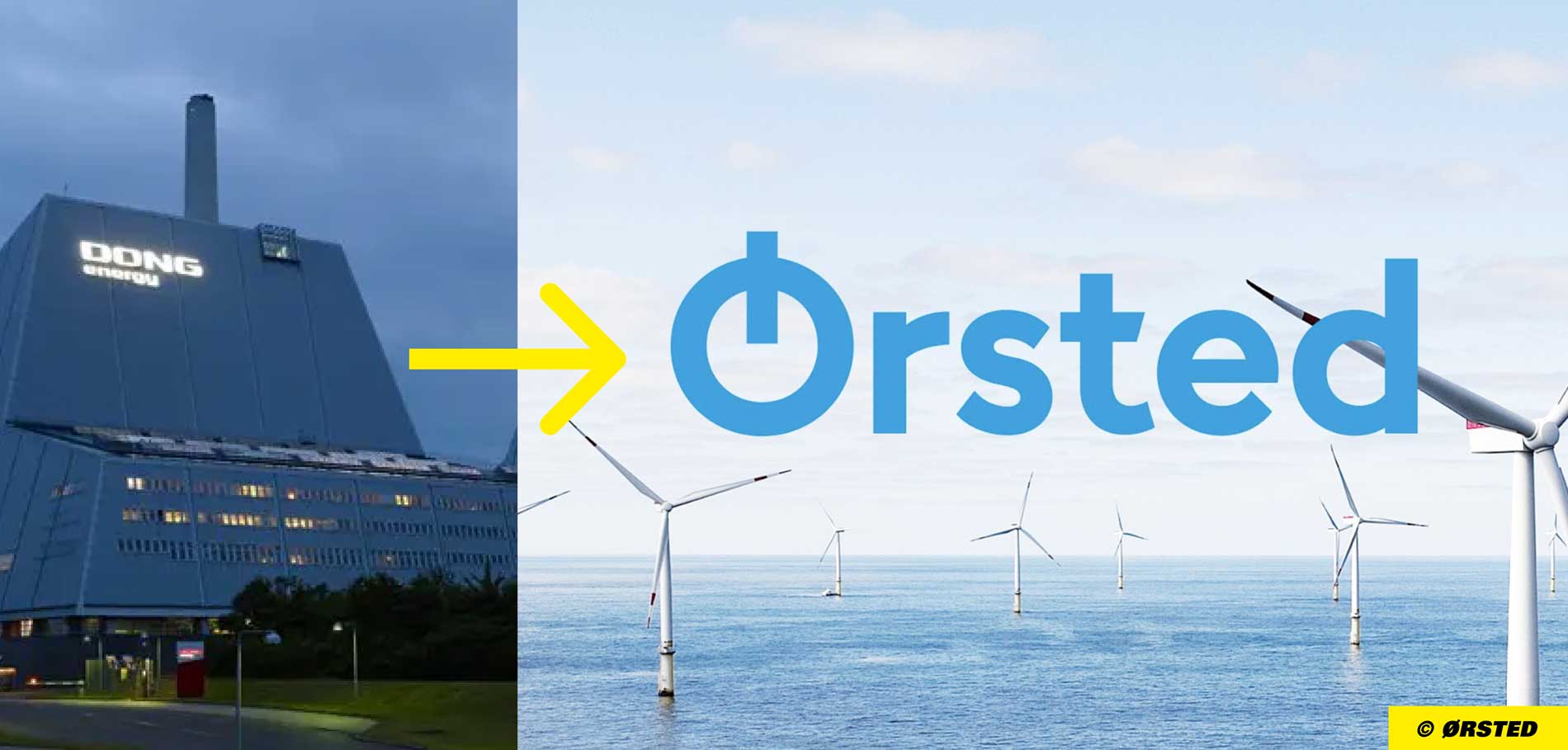
Without a doubt: the implementation of these principles is very ambitious. On the other hand, the world is full of brands that are doomed to fail with their sustainability communications because they lack ambition. Because their communication is well-intentioned but not well-done. Because they try to educate instead of move and inspire. Or because - as many customers reflect to us - companies are afraid to boldly expose themselves.
"Everyone is aware that nothing is perfect," says Antje von Dewitz, who has transformed her family business into a sustainable brand leader in ten years. "And if you try to communicate only when everything is perfect, you wait forever. Because you will never reach that state."
The Authors
Let's talk
Lust, über die nachhaltigen Potenziale Ihrer Marke zu sprechen?
Harald freut sich auf einen lockeren Austausch. Einfach eine kurze Nachricht an h.willenbrock@sp.design schreiben.

Harald Willenbrock
Head of Concept & Content